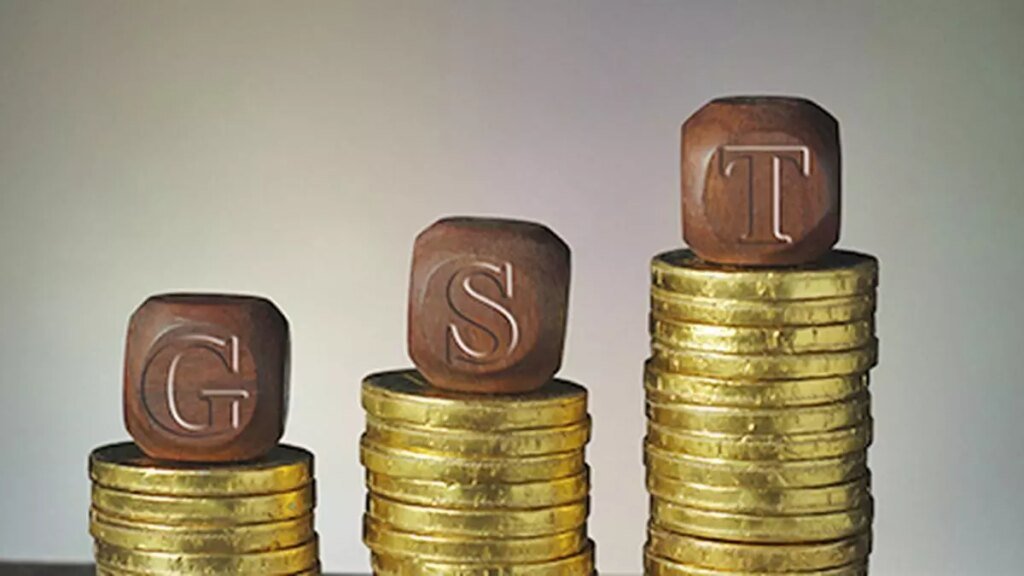Editorial. End compensation cess – The Hindu BusinessLine

The Group of Ministers constituted by the GST Council under Minister of State, Pankaj Chaudhary, should not find it too difficult to decide the future of the compensation cess. The compensation payments, included in the GST Act, 2017, was the carrot held out to States to make them transition to the new indirect tax regime. It promised States a generous 14 per cent growth in taxes subsumed under GST in the first five years and sought to meet the shortfalls in this promise through the cess levied on sin and luxury goods. It is well that the compensation payments to States have ended in June 2022. The levy of the cess, which has been extended until March 2026, to meet the repayment obligations on loans taken to compensate States for the shortfall in revenue during Covid, should also come to an end once these obligations are fulfilled.
With the GST regime quite firmly in place and most States having adapted to the new indirect tax regime fairly well, the idea of compensating the States should be put to rest. That said, the primary task before the GoM will be to recommend the way the levies under compensation cess can be assimilated into the GST rates. The collections from this cess averaged around ₹12,000 crore every month in 2023-24 and the Centre and the States can benefit from the continuation of this levy, albeit with more rational rates of taxes and in a different form. The GoM should keep the consumers in mind while suggesting the way forward. There is a strong case for retaining higher taxes on tobacco, pan masala and related products to deter the consumption of these products which have debilitating impact on health. Similarly, there is a case for higher levy on coal to attain our sustainability goals.
But the cess levied on motor vehicles needs to be rationalised. While the cess on small and medium sized cars is not too high, the compensation cess on larger cars ranges from 20 to 22 per cent, taking the overall GST levy to 50 per cent for these vehicles. Some of these cars cannot be classified as luxury vehicles and are used by the middle-class. Reducing the GST rates on such goods of mass consumption can increase demand, giving a boost to the automobile and ancillary industries. Besides reviewing these levies, the rate rationalisation committee should act quickly on readjusting the GST slabs and rationalising all the other GST rates too, to make the entire regime simpler.
If the GOM recommends higher levy on goods currently subject to compensation cess, it should be mindful not to classify it as cess. This is to ensure that the revenue earned from these goods are equitably shared between the Centre and the States. The sharing of revenue from these goods should be on lines similar to other goods and services under GST. This will ensure that States with a high consumption of luxury goods also enjoy commensurately high GST revenue.








